Spotted Bee Balm Seeds Monarda fistulosa
A Native Pollinator Magnet for Your Garden
Bring Life to Your Garden with Bee Balm (Monarda fistulosa)
Add this charming short-lived perennial to your native garden in full sun for years of this self-seeding bee balm.
Transform your garden into a haven for pollinators with Bee Balm, a stunning mid-season flowering perennial that doubles as an essential wildflower. Known for its vibrant pink blooms and intoxicatingly fragrant leaves, Monarda fistulosa is a pollinator favorite, attracting bees, butterflies, and other beneficial insects. Its versatility allows it to flourish in natural meadows, prairie-style gardens, or as a show-stopping addition to borders and cottage gardens.
5 Top Reasons to Choose Bee Balm for Your Garden
1. Pollinator Magnet: With abundant nectar-rich flowers, Bee Balm supports critical mid-season pollinators, ensuring your garden thrives with life and movement.
2. Low-Maintenance Resilience: A native North American bi-annual or short-perennial, this hardy plant thrives in poor soils and competes effectively with grasses and other wildflowers, making it ideal for hands-off gardening.
3. Seasonal Interest: Beyond its colorful blooms, Bee Balm adds visual intrigue to your garden with its striking seed heads and upright stems that last into late fall.
4. Versatile Planting Options: Perfect for borders, meadows, prairies, or naturalized roadside plantings, it offers flexibility for various garden styles.
5. Scented Beauty: Crush the aromatic leaves to release a pleasant, herbal fragrance that adds another sensory dimension to your garden.
Key Features of Spotted Bee Balm
Common Names: Bee Balm, Bergamot,
Scientific Name: Monarda fistulosa
Flower Color: Attractive pink blooms
Growth Habit: Reaches heights of 3–4 feet and spreads to form lush colonies
Light Needs: Thrives in full sun
Soil Preferences: Adapts to dry, sandy, or well-draining soils
Flowering Time: Mid-summer through early fall
Hardiness: Suitable for USDA Zones 3–8
Simple Planting Instructions
Direct Sowing
Best done in late fall or early spring. Prepare a sunny, well-draining seedbed, scatter seeds lightly, and let nature take its course. readily reseeds without being aggressive.
Starting Indoors
Sow seeds in small pots with moist soil in the fall or early spring. Keep pots in a cold frame or near a bright windowsill.
For year-round planting, use artificial grow lights and transplant seedlings when they are robust enough to handle outdoor conditions.
Care Tips
Allow seedlings to mature before transplanting to ensure survival.
Thin seedlings carefully to avoid disturbing young roots.
Once established, these plants require minimal maintenance, thriving in sunny, low-water environments.
The Perfect Garden Companions
Pair Bee Balm with goldenrod (Solidago spp.), asters (Eurybia spp.), bee balm (Monarda didyma), and little bluestem grass for a visually captivating and ecologically balanced garden. These combinations create a vibrant tapestry of color and texture while maximizing nectar and pollen availability for pollinators.
Why Grow from My Seeds?
I harvest seeds from my pollinator-friendly plants, ensuring they are fresh, vigorous, and ready to bring life to your garden. Each packet contains over 25 fine seeds, meticulously cared for and packed for optimal germination success.
Your Pollinator Paradise Awaits
Add Bee Balm to your garden today and enjoy the rewards of supporting biodiversity, enhancing your landscape, and inviting nature’s most beautiful pollinators into your life. Don’t miss the opportunity to grow this essential native perennial and create a garden that truly buzzes with vitality.
Order now to make Bee Balm the star of your pollinator-friendly garden!


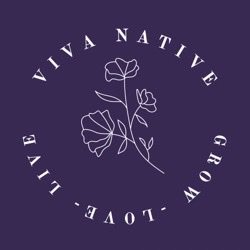
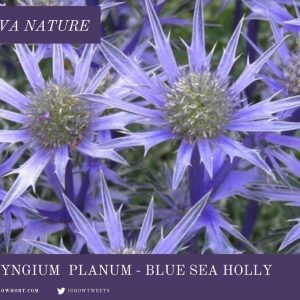
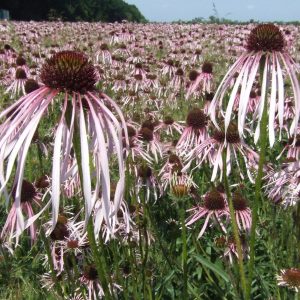
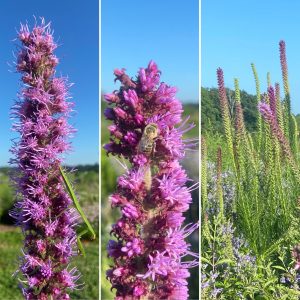

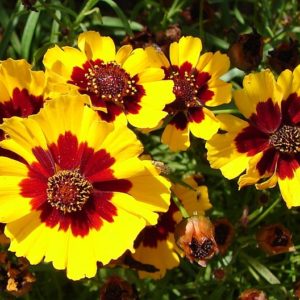
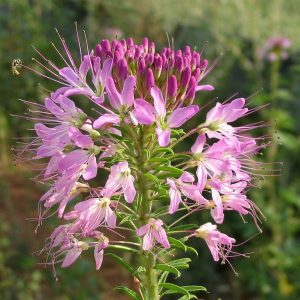
Reviews
There are no reviews yet.